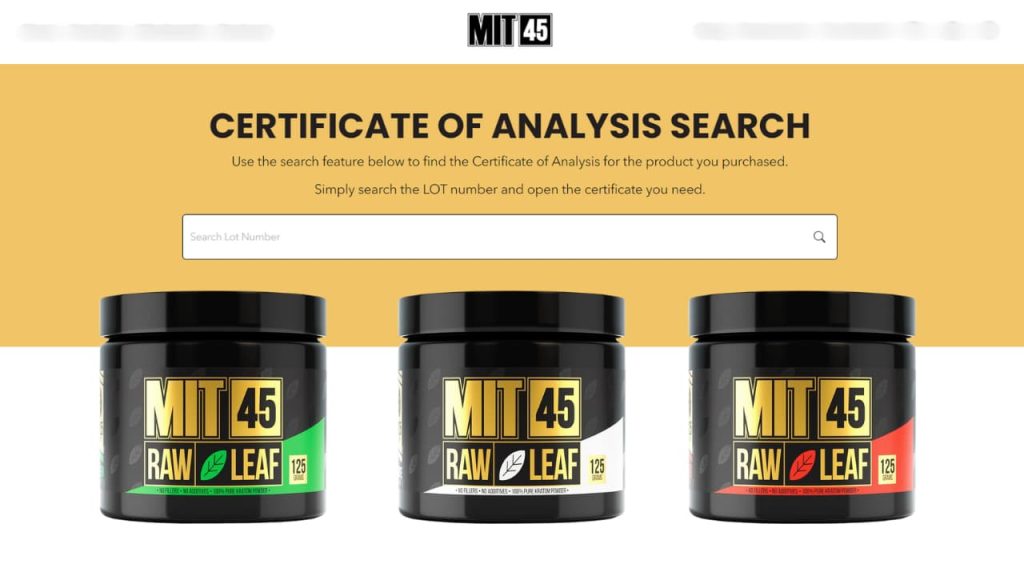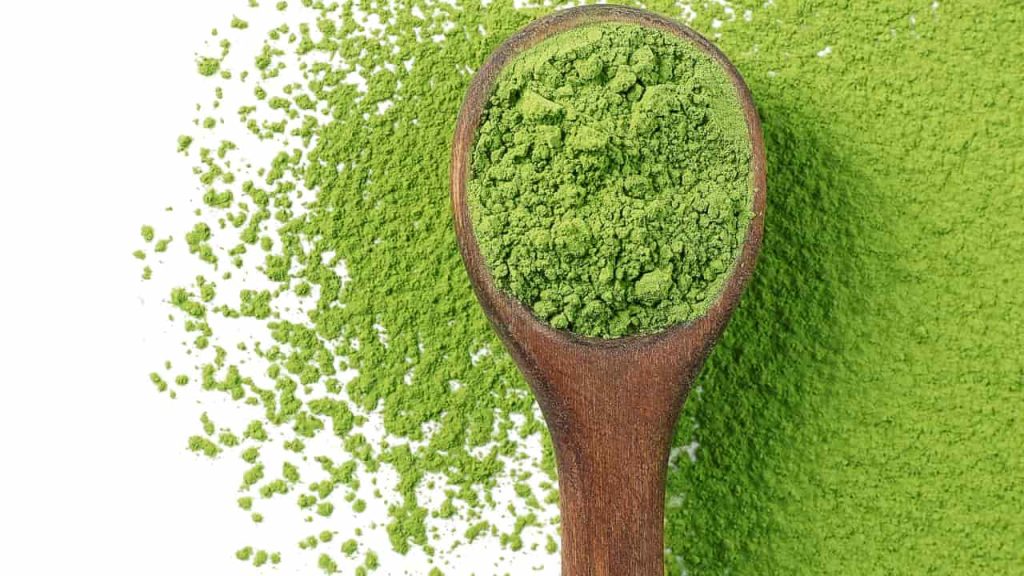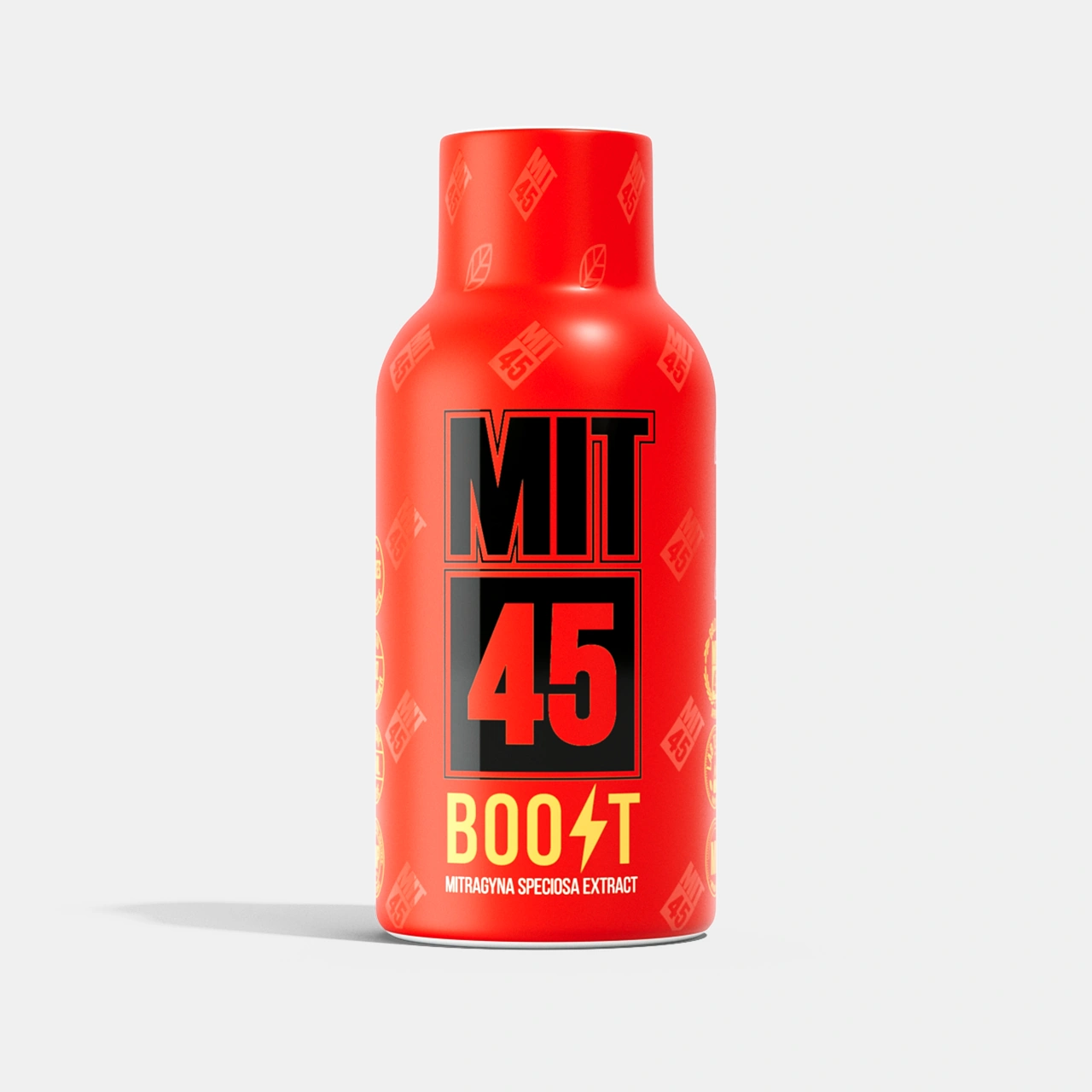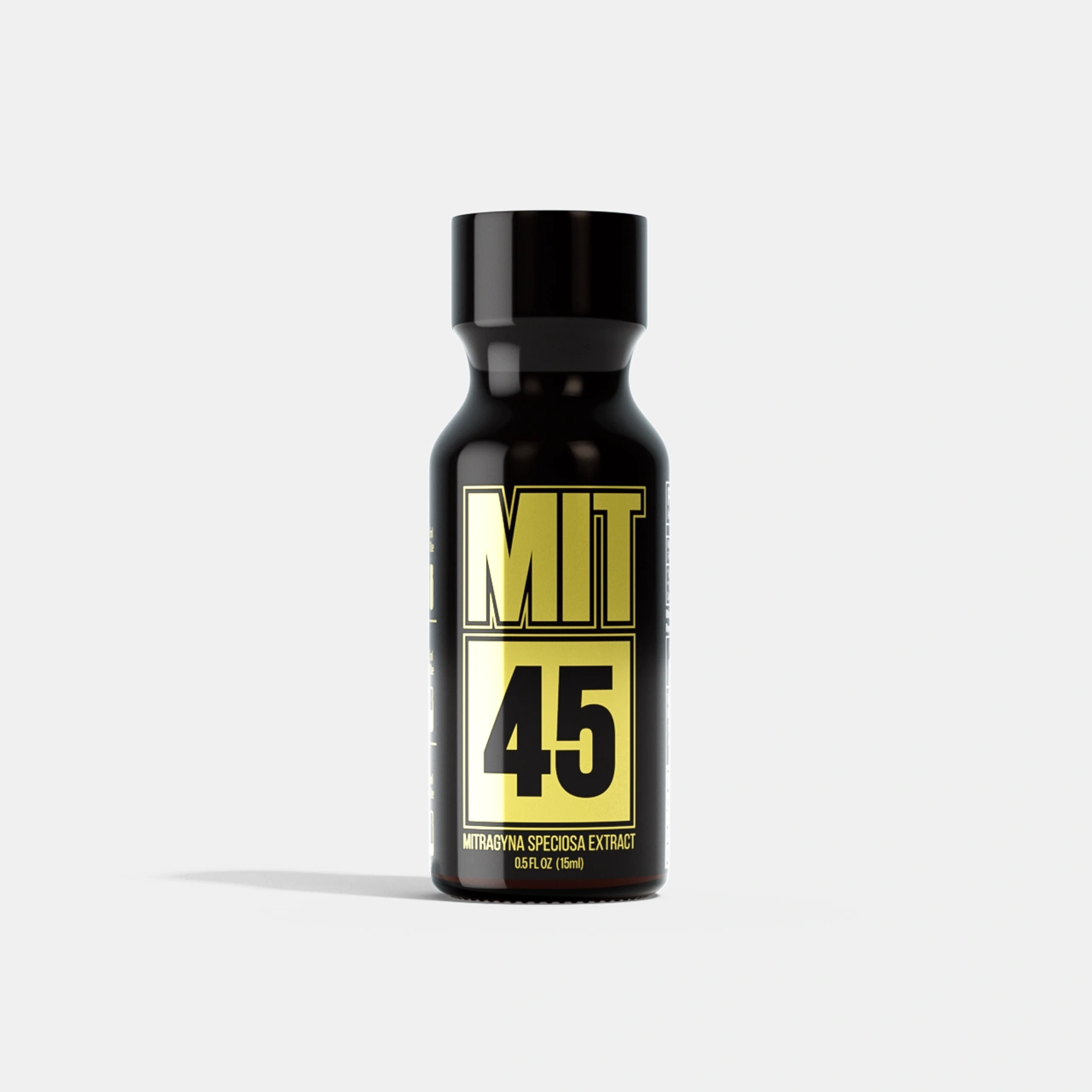If you’re new to the world of kratom, you may be confused when you hear talk of different kratom strains. Long-time kratom enthusiasts have their favorites, and for good reason. Kratom can provide experiences from uplifting to comforting, and while serving size plays a significant role in what benefits it will provide, strain should also be considered when dialing in your preferred experience. So, if you’re confused about the difference in red, green, white, and gold vein kratom, we are here to help.
The Three Main Kratom Strains
Let’s start off with the three main strains of kratom: red, green, and white. (We’ll cover gold kratom later in this article.) Each one provides a range of benefits that suit different purposes, so having a basic understanding of their differences can help a kratom noobie have the exact experience they want.
The colors of the strains reference the kratom leaf’s vein color, which, over time, will change. And with these changes, the leaf’s alkaloid percentages shift. Experienced kratom cultivators know the exact time to harvest the leaves to leverage the benefits of each in their different stages of growth.
Red Vein Kratom
The red vein kratom strain comes from the most mature Mitragyna speciosa (the scientific name for the kratom tree) leaves whose veins have turned reddish. Typically described as a soothing and comforting strain, red vein kratom is a good choice for evening use. However, it can still produce an energy-enhancing vibe when prepared in small serving sizes.
Green Vein Kratom
Sometimes referred to as a solid “middle of the road” kratom strain, green vein kratom is for those who want the best of both worlds. Popular with those new to kratom, this strain is often described as enhancing focus and mental clarity. Perfect for daytime use, green vein kratom isn’t “too peppy,” nor is it extremely calming.
White Vein Kratom
White vein kratom, derived from the tree’s young leaves, is known for its energizing and focus-enhancing effects. It is mainly known for its energy-boosting properties. White vein kratom is perfect for a pre-workout boost or for days when you have too many chores but not enough time.

Different Red, Green, and White Kratom Strains From MIT45
We encourage kratom consumers to pay attention to the kratom strain, but even more important is to get your kratom from a vendor that analyzes and publishes the alkaloid content and mitragynine concentrations of its various products.
You can check out our Certificate of Analysis for more detailed information, but all MIT45 products clearly indicate their mitragynine content, the primary alkaloid in kratom, including the following concentrations for each strain.
- Red Vein: Our red vein kratom powders typically have about 1.0-1.4% mitragynine content. The average serving size is one gram, about 10-14mg of mitragynine.
- Green Vein: Our green vein kratom powders typically have about 1.3-1.8% mitragynine content. The average serving size is one gram, about 13-18mg of mitragynine.
- White Vein: Our white vein kratom powders also have about 1.3-1.8% mitragynine content. The average serving size is one gram, about 13-18mg of mitragynine.
The Magic of Gold Kratom
You may find products that are labeled as gold kratom strains, like the MIT45 kratom shot. Although many may believe that “gold” refers to its gold leaf veins, this isn’t true. So, what is gold kratom, and is it worth all the hype?
Products that are described as gold kratom are almost always a mix of different colored vein kratoms. While you may feel deceived or misled by its name, know that these blends can be quite unique and can help kratom enthusiasts find the best mix for the benefits they’re looking for.
Gold kratom could be a mix of red, green, and white vein kratom or some combination of two of them. Each kratom vendor has their own unique proprietary blend, and most keep their recipe under lock and key. However, most will provide an explanation of what benefits to expect from their version of gold kratom.
Super, Ultra, and Enhanced Kratom Strains
Purchasers should be very careful to read the fine print before buying and using these kratom products. That’s because they don’t always mean the same thing. Often, Super and Ultra kratom varieties are simply raw kratom powders with slightly higher alkaloid concentrations.
However, these products are sometimes made from extracts with significantly higher alkaloid concentrations, which can deliver unexpected and unpleasant effects when not taken in smaller serving sizes. Enhanced kratom is more of a mixed bag of raw kratom and kratom extract products, so be extra careful with these products as well.
If this wasn’t already confusing enough, bentuangie kratom exists in its own kind of gray area. After harvesting, this kratom is placed in bags, and the resulting moisture creates oxidation that partially metabolizes the kratom, leading to higher concentrations of alkaloids.
This specialized process must be closely monitored and the resulting product carefully tested to ensure mold didn’t form during the fermentation. All MIT45 kratom products are lab-tested for yeast, mold, salmonella, coliforms, and E coli, so you can be sure that you’re purchasing a safe product.

Kratom Strains Explained: The MIT45 Approach
No matter your desired kratom experience, there’s a strain to suit your taste. Whether you’re looking for an uplifting boost or a calming embrace, finding the right strain and serving size can sometimes be a trial-and-error task. However, once you’ve dialed it in, you’ll have an experience that’s custom-tailored perfectly.
MIT45 is able to leverage our purchasing power and existing relationships to source the best of the best kratom from Pontianak kratom farms. This allows us to guarantee the quality of our kratom powder, carefully control the mitragynine levels, and deliver a consistent experience from one batch to the next. Discover the MIT45 difference with your next kratom order.
For further reading:
Cinosi, Eduardo, et al. “Following the Roots of Kratom.” NIH.gov. 10 November 2015





